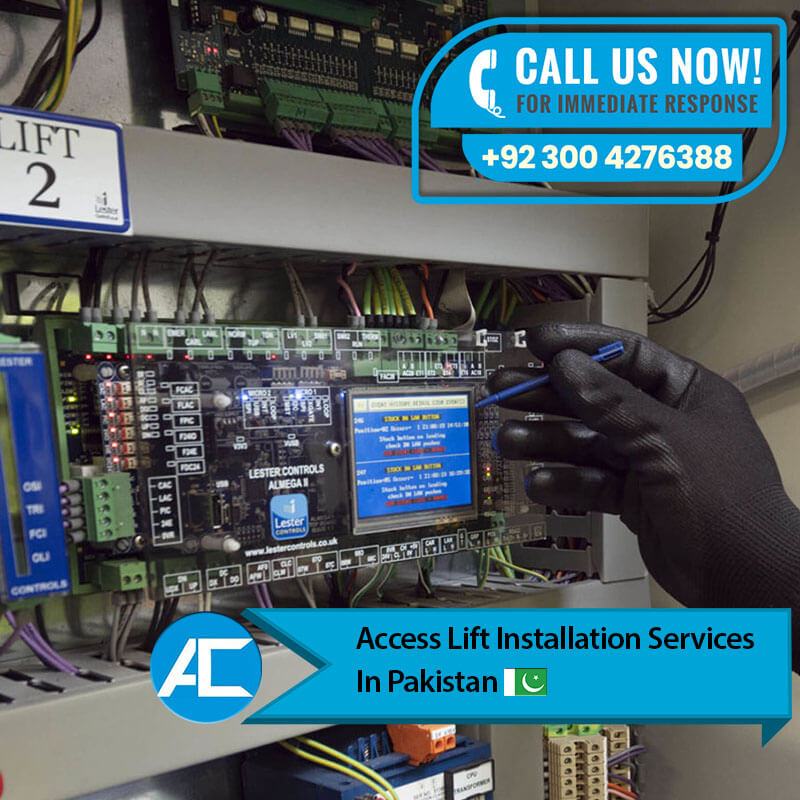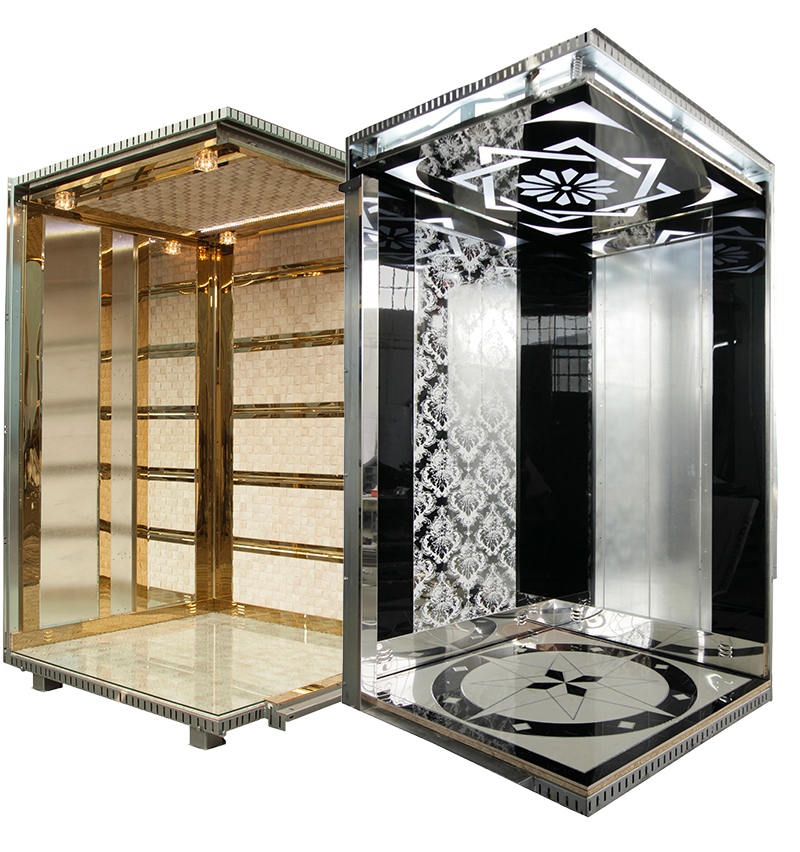Access lifts, often known as elevators, play a pivotal role in enhancing vertical mobility within modern buildings. These innovative systems facilitate the seamless movement of people and goods across different floors, revolutionizing the way we interact with architecture. The significance of access lifts becomes particularly evident in densely populated urban areas, where maximizing vertical space is essential. Lift installation has transformed the accessibility and functionality of structures, making them not only convenient but also inclusive.
Incorporating access lifts through strategic lift installation has far-reaching implications for various settings. In commercial spaces such as office buildings and shopping centers, access lifts ensure that individuals of all abilities can navigate multiple floors effortlessly. This inclusive design fosters a more welcoming environment and extends convenience to everyone. Similarly, in residential complexes, access lifts cater to the needs of the elderly and people with mobility challenges, enabling them to retain their independence and access all parts of their homes.
The significance of access lifts becomes even more pronounced in the context of high-rise buildings. Climbing numerous flights of stairs would be impractical and time-consuming. Here, lift installation not only ensures convenience but also addresses safety concerns. Rapid vertical transportation through access lifts reduces the risk of accidents associated with stairways, making emergency evacuation more manageable and efficient.
Moreover, access lifts contribute to the optimization of space, a precious commodity in urban landscapes. By eliminating the need for extensive staircases, architects can allocate more space for functional and aesthetically pleasing designs. This utilization of space enhances the overall efficiency and attractiveness of the building, creating a harmonious blend of form and function. In this way, access lifts transcend mere convenience to become integral components of modern architecture, shaping the way we inhabit and interact with our built environment.
The Installation Process

Lift installation is a meticulously orchestrated process that involves a series of well-coordinated steps to bring an access lift system to life within a building. This intricate process begins with a comprehensive assessment of the building’s layout and structural considerations. Engineers and technicians collaborate closely to determine the optimal positioning of the access lift, factoring in elements such as traffic flow and available space. This initial planning stage sets the foundation for a successful lift installation.
Once the planning phase is completed, the actual lift installation commences with the assembly of the lift’s framework. This framework serves as the structural backbone upon which the entire system rests. The installation team works diligently to align and secure the framework, ensuring its stability and durability. Simultaneously, the mechanical and electrical components are integrated, seamlessly connecting the different aspects of the access lift. This phase demands precision and expertise to guarantee the safe and efficient operation of the lift.
Safety is paramount during the lift installation process. Rigorous adherence to safety standards and regulations is maintained throughout. Regular inspections are conducted to verify that each component is in place and functioning as intended. Technicians also test emergency systems, ensuring that the lift can respond effectively in unexpected situations. This meticulous attention to safety not only protects the users but also reflects the commitment of the installation team to their craft.
This comprehensive testing phase guarantees that the lift installation meets the highest standards of quality and reliability. In the end, the installation process culminates in a successfully integrated access lift system that enhances vertical mobility within the building.
Maintenance Considerations

Beyond the lift installation phase, proactive maintenance emerges as a pivotal aspect of ensuring the longevity and efficiency of access lifts. Regular maintenance plays a crucial role in upholding the impeccable performance of the installed lift. This ongoing commitment involves a series of scheduled visits by skilled technicians who meticulously inspect and service the lift. Through thorough lubrication of moving parts, comprehensive cable and pulley checks, and software updates, the lift’s optimal functionality is preserved.
Lift installation companies emphasize the significance of routine maintenance to prevent potential issues from escalating. Neglecting maintenance can lead to not only reduced lift performance but also safety concerns. Timely intervention can detect early signs of wear and tear, allowing for swift repairs before they evolve into major problems. By prioritizing regular maintenance, lift owners can minimize downtime and disruptions, ensuring that the vertical transportation remains smooth and efficient.
Furthermore, maintenance considerations extend to the lift’s emergency systems. Access lifts are equipped with various safety mechanisms that must be regularly tested to guarantee their effectiveness. Technicians conduct meticulous assessments of emergency brakes, communication systems, and backup power sources. This thorough evaluation of safety features contributes to the overall reliability of the lift installation.
Lift maintenance is also an opportunity to incorporate advancements in technology. As lift systems evolve, software updates and technological enhancements become essential to keeping the installation up-to-date. These updates not only improve performance but can also add new safety features and functionalities. The maintenance process serves as a conduit for continuous improvement, ensuring that the access lift remains aligned with the latest industry standards and innovations. In essence, maintenance considerations extend the benefits of lift installation far into the future, creating a safe, efficient, and technologically advanced vertical transportation solution.
Access Technologies: Setting the Standard
Access Technologies, with its unwavering commitment to excellence, has emerged as a trailblazer in the realm of lift installation and vertical mobility solutions. Imran Rafi’s ownership of Access Technologies has infused the company with a visionary perspective that sets it apart from the competition. Under his leadership, the company has consistently delivered top-tier lift installation services, backed by a team of highly skilled engineers and technicians.
One of the distinguishing features of Access Technologies is its emphasis on innovation. The company continuously seeks to push the boundaries of lift installation by integrating cutting-edge technologies into its solutions. This commitment to innovation not only enhances the functionality and efficiency of their lifts but also places them at the forefront of industry advancements.
Access Technologies places a paramount focus on safety in all aspects of their lift installation services. Their meticulous attention to safety protocols ensures that every installation adheres to the highest industry standards. Through rigorous testing, inspection, and adherence to regulations, the company guarantees that their lifts provide a secure and reliable mode of vertical transportation.
What truly sets Access Technologies apart is its holistic approach to lift solutions. Beyond the initial lift installation, the company excels in offering comprehensive maintenance services. Regular maintenance visits by their expert technicians ensure that the installed lifts continue to operate optimally throughout their lifecycle. This commitment to after-sales service showcases Access Technologies’ dedication to long-term customer satisfaction.
Get Free Quotes




